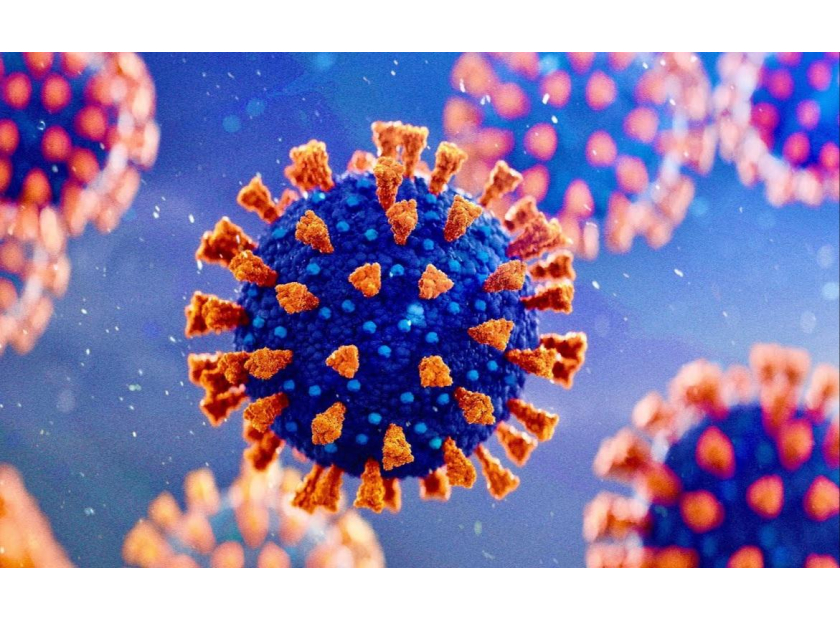Will More COVID Variants Emerge?
Although of great concern, vaccination will help
When will the pandemic end? How many more COVID-19 waves will the U.S. go through? Will we go back to “normal” in the fall? All these questions depend largely on one factor: the epidemiology of the variants.
As the virus spreads around the world, variant strains have emerged. Some variants are more infectious and spread rapidly; they show an increase in transmissibility. Other variants are more successful at evading the immune system; they show an increase in infectiousness. Variants with these characteristics have caused massive waves of COVID-19 from Brazil, South Africa, the United Kingdom – and now India. There are currently five variants of concern (1).

These variants have several interesting modifications to the spike protein when compared to other closely related variants. The spike protein projects from the spherical viral particle ready to cling on to unsuspecting cells that have the ACE2 receptor.(2)
Research led by Dr. Bing Chen, PhD, at Boston Children’s Hospital, analyzed how the structure of the spike protein changes when the amino acid aspartic acid is mutated to a glycine.
When Dr. Chen and colleagues imaged the mutant spike protein, the authors noted that this particular mutation “prevented premature disassociation…effectively increasing the number of spikes and enhancing the infectivity for membrane fusion.” As Dr. Chen further explained, “Say the original virus has 100 spikes…Because of the shape instability; you may have just 50% of them functional. In the G614 variants, you may have 90% that are functional, so even though they do not bind as well, the chances are greater that you will have infection.”(5)
The spike protein is also the basis of current COVID-19 vaccines, which were designed to generate an immune response against it. Furthermore, if the spike protein continues to mutate, this can affect diagnostic detection, therapeutic treatment, and/or the body’s immune response which could lead to an increase in unique COVID-19 variant outbreak clusters. (3)

The potential for global viral mutation increases with the frequency of circulation in human and animal populations. Therefore, reducing transmission using established disease control measures to stop the spread of new variants remains key–good hygiene (especially hand hygiene), mask wearing, physical distancing, and good ventilation. Vaccination on a global scale in a timely manner is also necessary to prevent the emergence of new variants. Current studies show that vaccine efficacy against severe, critical, or fatal disease is very high at 97.4% against most known variants.(4) As more people are vaccinated, the circulation of COVID-19 is expected to decrease; therefore, leading to fewer opportunities for mutations to arise and less chance for the evolution of new variants.
By: Francisco Pinon, R&D Microbiologist
HARDY DIAGNOSTICS







